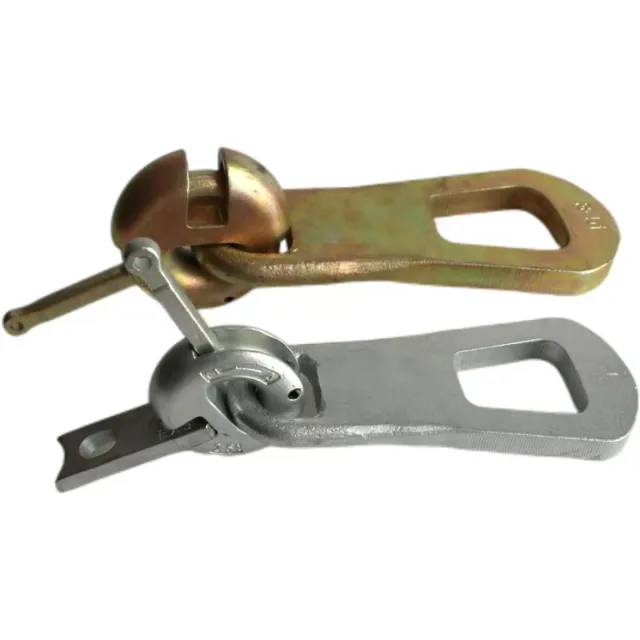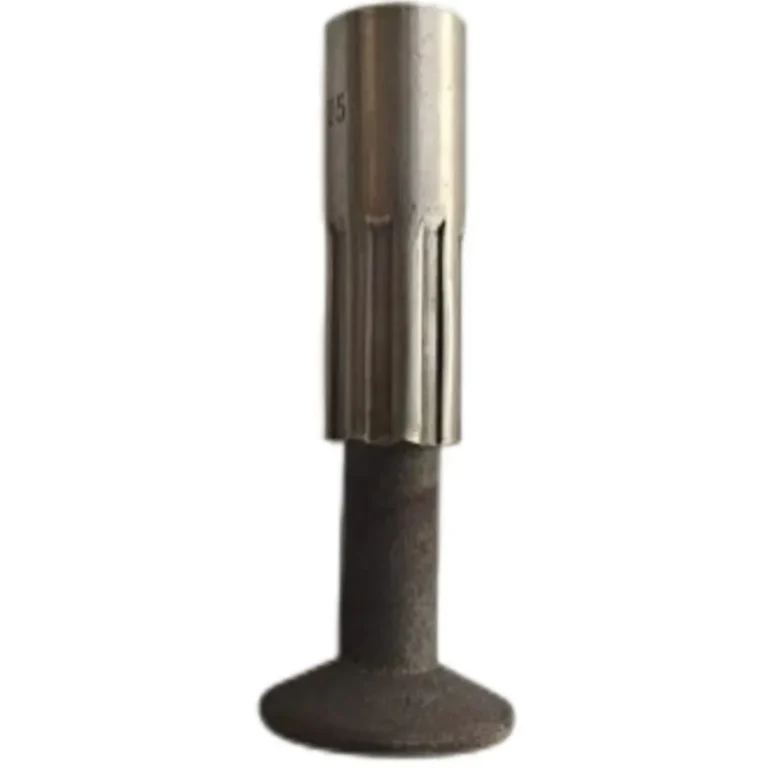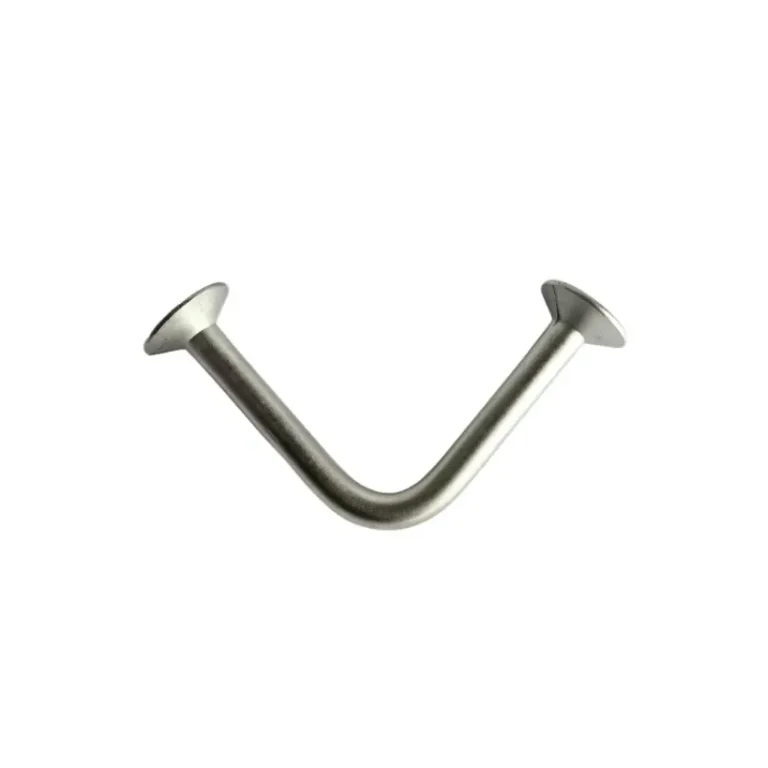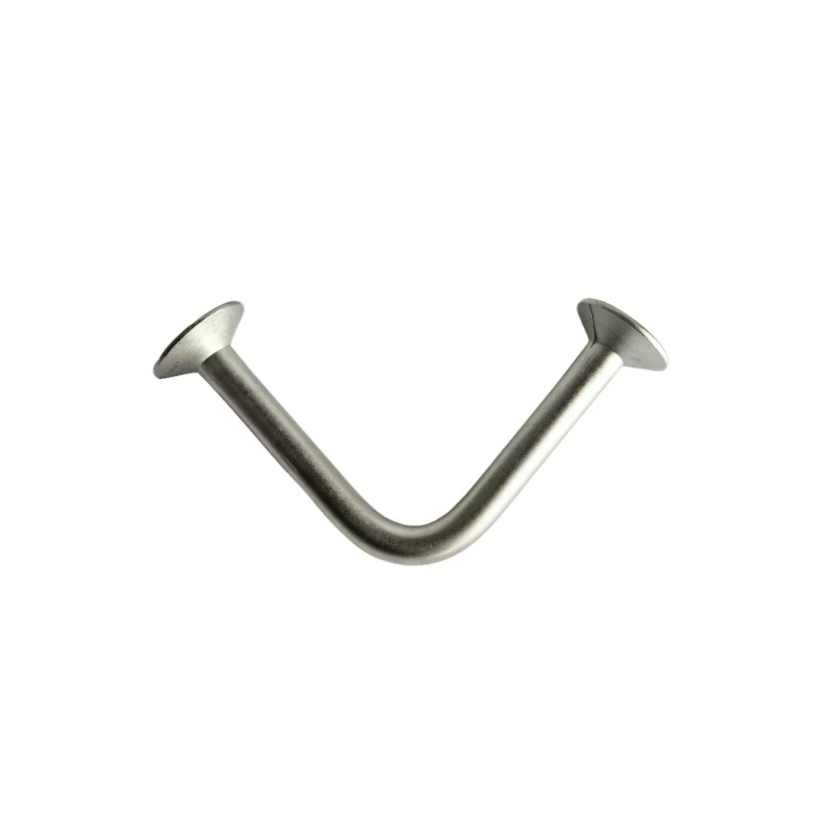
Precast construction depends on how fast and safe you can move heavy elements from the mold to the job site. For years, many relied on bulky lifting devices that slowed schedules and added hidden costs. A different system now makes that process faster: the utility anchor. Before diving into details, it’s worth mentioning a company that has built trust in this field. BaoQi is not just another supplier; it is a team combining manufacturing skill, design know-how, and global service support. Their about page highlights how they work with clients worldwide, focusing on practical solutions rather than flashy promises. From service support to simple ways to get in touch, BaoQi makes technology approachable. If you are seeking partners who understand real construction challenges, BaoQi is one name worth noting.
Why Do Contractors Look for Faster Lifting Systems?
Time is the one resource that cannot be recovered on a job site. Delays in lifting or handling precast elements can cause a chain reaction across an entire project. Traditional lifting systems often require specialized hardware and trained operators, which means extra setup and coordination. On the other hand, utility anchors were created to cut down these steps. With a simple hook or shackle, you can connect directly and move heavy sections safely.
What Problems Do Traditional Lifting Systems Present?
Older lifting systems can require through holes in precast elements, leaving marks or even creating weak points that need repair later. They also add costs for specialized lifting devices and maintenance. For contractors working under tight budgets, every extra piece of gear is another headache. In addition, training crews for unique lifting tools slows productivity.
How Do Utility Anchors Speed Up Precast Handling?
Utility anchors are designed to simplify your workflow. Instead of extra hardware, they work with standard hooks or clevis connections. This means no waiting for special rigs or rare lifting attachments. The process is straightforward: remove the element from the form, shift it in the yard, transport it, and then place it on-site. Each step becomes smoother.
What Technical Advantages Do Utility Anchors Offer?
One of the main benefits is high strength. Utility anchors can handle up to 24,000 lbs. of safe working load, which covers most common precast pieces. They also eliminate through holes by using reusable polyurethane recess plugs at 90° or 45°. That not only keeps the concrete stronger but also improves the finish of the element. In fact, using a Utility Anchor can often replace multiple types of lifting hardware, saving you space and training costs.
Can Utility Anchors Replace Other Functions on the Job Site?
Yes, beyond lifting, utility anchors serve additional purposes. Contractors often need pulling irons to adjust placement or handle tension loads. Utility anchors can serve this role effectively. When used as pulling irons, they allow for up to a 33% increase in safe working loads, based on a 3:1 factor of safety. That makes them a dual-purpose tool, reducing the need for extra gear on site.
How Do They Compare With Alternative Anchors?
While utility anchors are versatile, some situations may call for specialized designs. For instance, the R Anchor is another option often used for specific precast applications requiring more tailored lifting angles. Both share a goal: saving time and improving efficiency. Choosing between them depends on your element shape, expected loads, and installation method.
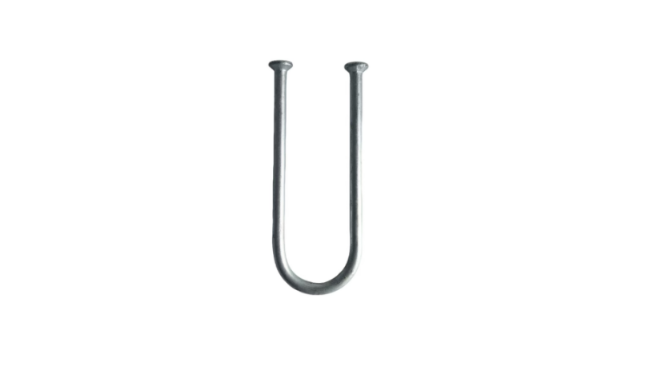
What Do Industry Practices Tell Us About Time Savings?
If you look at the broader construction industry, speed improvements often come from simplifying equipment rather than adding complexity. Casting and precast operations in China, for example, have evolved with automation and efficiency at the core. Similarly, scaffolding practices show that easy assembly saves hours compared with complicated systems. In drainage infrastructure, the correct selection of materials and size directly reduces repair time later. These patterns echo the same principle utility anchors embody: simple systems save more time.
Where Does This Translate Into Real Gains?
On a busy precast yard, shaving minutes off each lift can save hours by the end of the week. On a job site, fewer tools mean fewer delays waiting for the right hardware to arrive. And when projects avoid through holes, the finishing crew spends less time repairing surfaces. This chain of time savings is why utility anchors often outperform traditional lifting systems.
FAQ
Q1: Are utility anchors safe for heavy precast elements?
A: Yes. They are rated for safe working loads up to 24,000 lbs., provided they are installed and used correctly.
Q2: Do utility anchors need special lifting devices?
A: No. A standard hook or shackle is enough, which reduces setup time and equipment costs.
Q3: Can utility anchors be reused?
A: The anchors remain in the concrete, but the polyurethane recess plugs can be reused multiple times.
Q4: What is the difference between a utility anchor and an R anchor?
A: Utility anchors are versatile and suited for most common lifting tasks, while R anchors are designed for specific precast shapes or angle requirements.
Q5: How do utility anchors impact overall project cost?
A: By reducing the need for special hardware, eliminating through holes, and saving time, they help cut both labor and equipment expenses.

